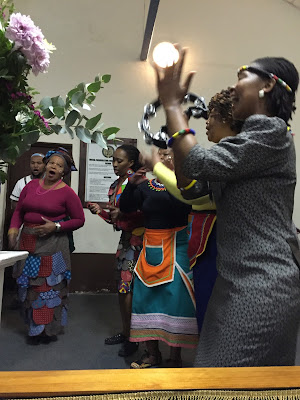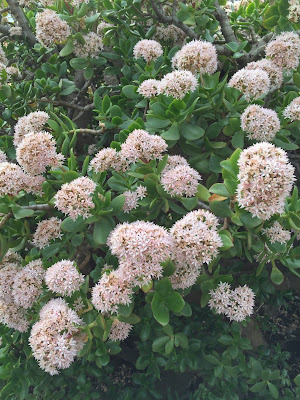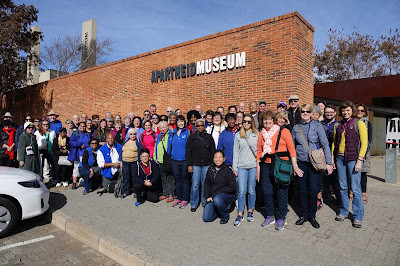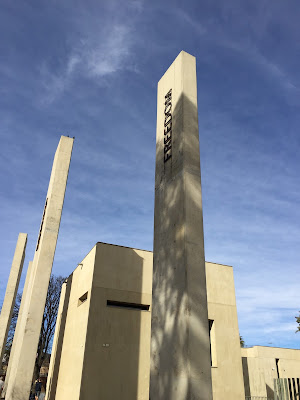Following our visit to the Pilanesberg Game Reserve north of Johannesburg, we flew south to George to experience South Africa's Garden Route. We arrived at George Airport as the sun was setting and drove south along the coast until we reached our beach-front hotel in Mossel Bay. The weather was decidedly cooler and the landscape even more dramatic–mountains and lush greenery (even in winter) reaching down to the Indian Ocean. Dinner was waiting for us at the hotel, made lovingly by Gregory, the hotel chef. He worked for many years cooking on oil rigs and said he learned to cook from his mother. It has been his passion for over 50 years.
On Thursday, July 7, we made our way north to Knysna, a beautiful coastal town that is home to the Featherbed Nature Reserve, a short ferry ride across the lagoon. South Africa has
the third-highest level of biodiversity in the world, and is the only country to
contain an entire floral kingdom.
Read more.
We had a little time to walk around Knysna and have a bite to eat before making our way to the waterfront and the ferry. Several of us opted for lunch at Chatters Bistro, where we sat outside and thoroughly enjoyed pizza and pasta, South African style.
At the Reserve, we had an opportunity to see some of South Africa's unique plant life, rock formations, and incredible views of the ocean and Knysna Heads, where two dramatic cliffs guard the narrow entrance to the lagoon. They are infamous for the number of boats that have been lost trying to pass through its unpredictable currents. Visitors to the Reserve ride up to the top of the cliffs and have the option to walk back down along a well-established trail or ride back.
The natural beauty of South Africa is breathtaking. Since we were visiting in winter, we saw fewer plants in flower, but it also meant that we probably saw more animals at the Pilanesberg Game Reserve, who would normally seek relief from the hot sun by resting in the shade–away from curious onlookers. The solution to this is, of course, to return and spend more time exploring!
Our guides, Pieter and Juanita Myburgh
We left Featherbed late in the afternoon and had dinner in Knysna along
the waterfront before heading back to Mossel Bay and our hotel. An early
wake-up call was again in order for the next day. The itinerary
included a visit to Oudtshoorn, over the mountains, where we would
explore Cango Caves, followed by lunch at an ostrich farm, returning to
George for an evening concert at the United Reformed Church in
Thembaletu.
I end with a poem by South African poet Antje Krog. Our experiences in South Africa had me wrestling with its history of Apartheid and continuing struggles with race, class, and poverty, against the backdrop of its sheer natural beauty. Obviously, this is not unique to South Africa. Here at home we also face similar challenges. Our own Civil Rights movement was at its height during Apartheid in South Africa. We passed the Civil Rights Act in 1964 and South Africa put an end to Apartheid in 1994. And yet, there is still so much left to do.
my beautiful land
look, I build myself a land
where skin colour doesn’t count
only the inner brand of self
where no goat face in parliament
can keep things permanently verkramp*
where I can love you,
can lie beside you in the grass
without saying ‘I do’
where we sing with guitars at night
where we bring gifts of white jasmine
where I don’t have to poison you
when foreign doves coo in my hair
where no court of law
will deaden the eyes of my children
where black and white hand in hand
can bring peace and love
in my beautiful land
Antje Krog
*bigoted




























































